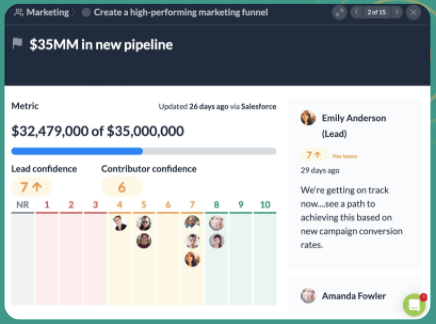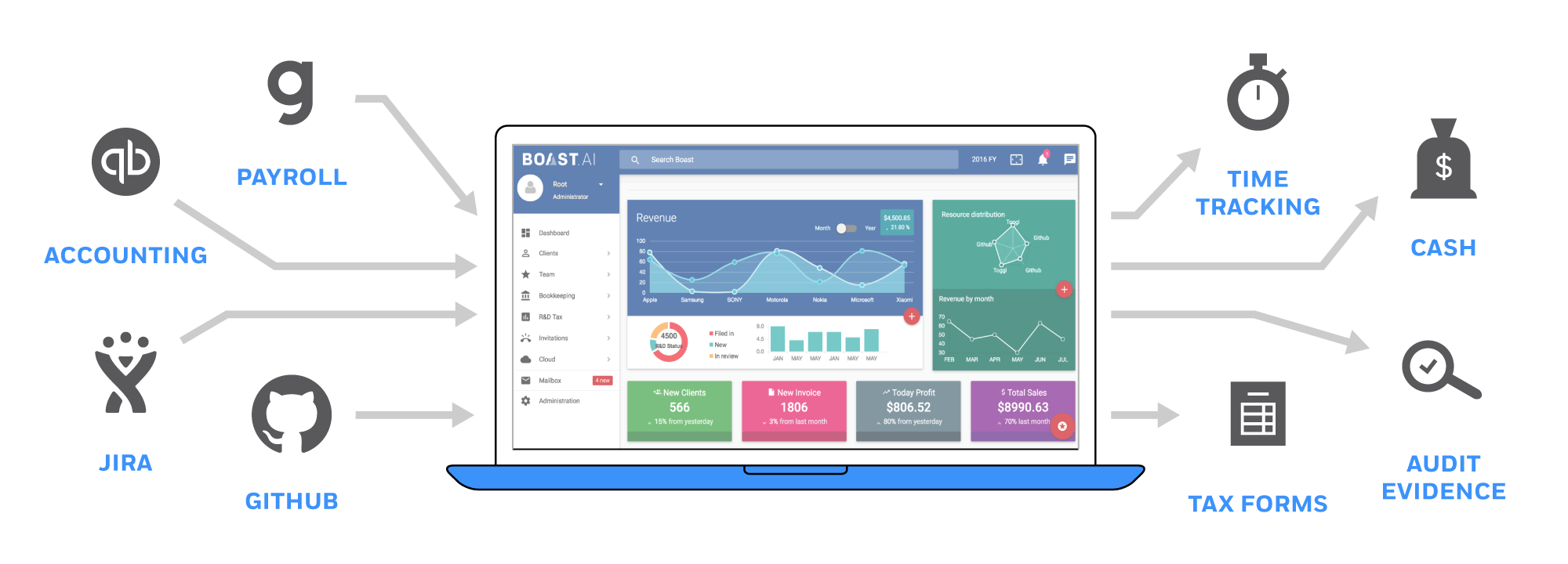Will Johnson is CEO of
The Harris Poll, one of the world’s leading public opinion research firms.
In government, there’s rare bipartisan consensus on taking down Big Tech .
Capping a 16-month investigation, a Democratic-controlled House committee recently identified Amazon, Apple, Facebook and Google as monopolies that snuff out competition and innovation, equating the Big Four to oil barons and railroad tycoons of the late 19th century.
Only days later, the Trump administration sued Google to stop it from “unlawfully maintaining monopolies” by seeking court orders that could include its breakup.
And yesterday, in separate but coordinated lawsuits, the Federal Trade Commission and 48 attorneys generals from blue and red states alike sued Facebook to undo its “predatory” and “illegal” acquisitions of Instagram and WhatsApp. When President-elect Joe Biden takes office next month, his administration is widely expected to proceed with both federal antitrust cases against Google and Facebook.
Big Tech, both parties agree, has become too big for our good.
The typical American doesn’t always see it the same way. Their assessment changes based on how the issue is framed.
As consumers, Americans generally see technology as a positive, based on our research.
When we at The Harris Poll asked directly whether Amazon, Apple, Facebook and Google are monopolies that limit competition and innovation, American adults overwhelmingly side with the House Judiciary Committee’s findings. Most also say Google should be broken up, with nearly half saying dismantling Facebook would also encourage innovation and protect consumers. Go get ‘em trust-busters, they seem to cheer.
But when asked broadly about categories of digital services the Big Four lead in — web search, e-commerce, streaming services or social media — Americans just as overwhelmingly tell us their favorite providers are not monopolies at all.
In the view of most Americans, there’s abundant competition and choice throughout the digital marketplace. Lowercase big tech, the majority says, promotes innovation and boosts the nation’s standing around the world. Big, in other words, doesn’t automatically mean bad.
Most Americans, of course, are not antitrust lawyers or macroeconomists expert at detecting monopolies and quantifying their market impact. They view Big Tech primarily as consumers, making judgments based on their own experiences and feelings rather than court-admissible data. As consumers, Americans generally see technology as a positive, based on our research.
In our survey of 2,069 representative adults in the U.S., almost two-thirds say that every day they use a search engine like Google and go to social media like Facebook. At least once a week, almost half shop on Amazon or another online general store and two-thirds stream video through apps such as Google’s YouTube, Apple TV+ and Amazon Prime Video.
The COVID-19 pandemic has only increased their loyalty. Cooped-up day after day, half of American adults say they’re streaming more video than they did a year ago, for instance, while a third is shopping more online. If consumers are feeling abused by Big Tech — and more than half do say big tech companies fail to always do right by their customers — they’re not riled up enough to click elsewhere.
American consumers also don’t feel like captives without options. Google’s market share in internet search on mobile devices is 94%, which probably fits anyone’s definition of a monopoly. Yet even though 55% of Americans agree that Google has too much power and should be severed from YouTube and Gmail, four of five say there are adequate alternatives.
Nearly twice as many survey respondents, in fact, say there are too many choices for search engines (19%) than too few (11%). Americans judge the markets for social media, video and audio streaming, e-commerce and other digital services like Apple Pay and Google Pay as similarly competitive.
Despite Big Tech’s market dominance, American consumers don’t think these companies are hurting their rivals, either. Though three-quarters of Americans see Amazon, Apple, Google and Facebook as monopolies, four of five people say tech giants promote innovation in their industries and two-thirds say these companies promote competition and enhance the nation’s global reputation.
College grads and those 45 years old and up are slightly more likely to see Big Tech as a driver of innovation and competition, though all demographic groups share these high opinions.
Because I’m also not an antitrust lawyer or macroeconomist, I’m in no position to say whether the bipartisan legal crusade against Big Tech is warranted. But based on our polling, I can offer insights on how Americans will react to the Justice Department’s antitrust case against Google as it goes to trial and other actions Congress or regulators may take to reduce Big Tech’s dominance.
When we separate Americans’ narrow take on individual companies from their perceptions of the digital realms consumers inhabit daily, we see little reason for the federal government to blow up Big Tech. Another cautionary finding: Barely half of the representative American adults in our poll even think regulators and lawmakers are the right groups to determine whether a company is too big.
If these companies eventually are downsized, though, the typical American consumer probably won’t mourn for the Not-Quite-As-Big Tech that results, as long as their trusted apps, search engines, shopping sites, streaming services and social media sites are still freely — and, in their minds, abundantly—available.






